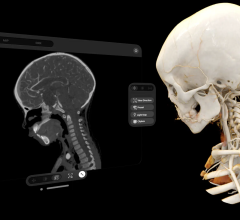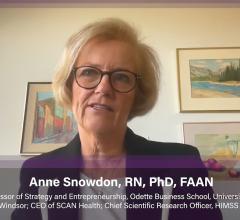
January 27, 2015 — Health and Human Services Secretary Sylvia M. Burwell announced measurable goals and a timeline to move the Medicare program and the healthcare system at large toward paying providers based on the quality, rather than the quantity of care they give patients. The announcement was made in a meeting with nearly two dozen leaders representing consumers, insurers, providers and business leaders.
HHS has set a goal of tying 30 percent of traditional, or fee-for-service, Medicare payments to quality or value through alternative payment models, such as accountable care organizations (ACOs) or bundled payment arrangements, by the end of 2016; 50 percent of payments would be tied to these models by the end of 2018. HHS also set a goal of tying 85 percent of all traditional Medicare payments to quality or value by 2016 and 90 percent by 2018 through programs such as the Hospital Value Based Purchasing and the Hospital Readmissions Reduction Programs. This is the first time in the history of the Medicare program that HHS has set explicit goals for alternative payment models and value-based payments.
To make these goals scalable beyond Medicare, Secretary Burwell also announced the creation of a Health Care Payment Learning and Action Network. Through the Learning and Action Network, HHS will work with private payers, employers, consumers, providers, states and state Medicaid programs, and other partners to expand alternative payment models into their programs. HHS will intensify its work with states and private payers to support adoption of alternative payments models through their own aligned work, sometimes even exceeding the goals set for Medicare. The network will hold its first meeting in March 2015, and more details will be announced in the near future.
The Affordable Care Act created a number of new payment models that move the needle even further toward rewarding quality. These models include ACOs, primary care medical homes and new models of bundling payments for episodes of care. In these alternative payment models, healthcare providers are accountable for the quality and cost of the care they deliver to patients. Providers have a financial incentive to coordinate care for their patients, who are therefore less likely to have duplicative or unnecessary X-rays, screenings and tests.
In 2011, Medicare made almost no payments to providers through alternative payment models, but today such payments represent approximately 20 percent of Medicare payments. The goals announced represent a 50 percent increase by 2016. To put this in perspective, in 2014, Medicare fee-for-service payments were $362 billion.
For more information: www.cms.gov


 May 01, 2024
May 01, 2024 









